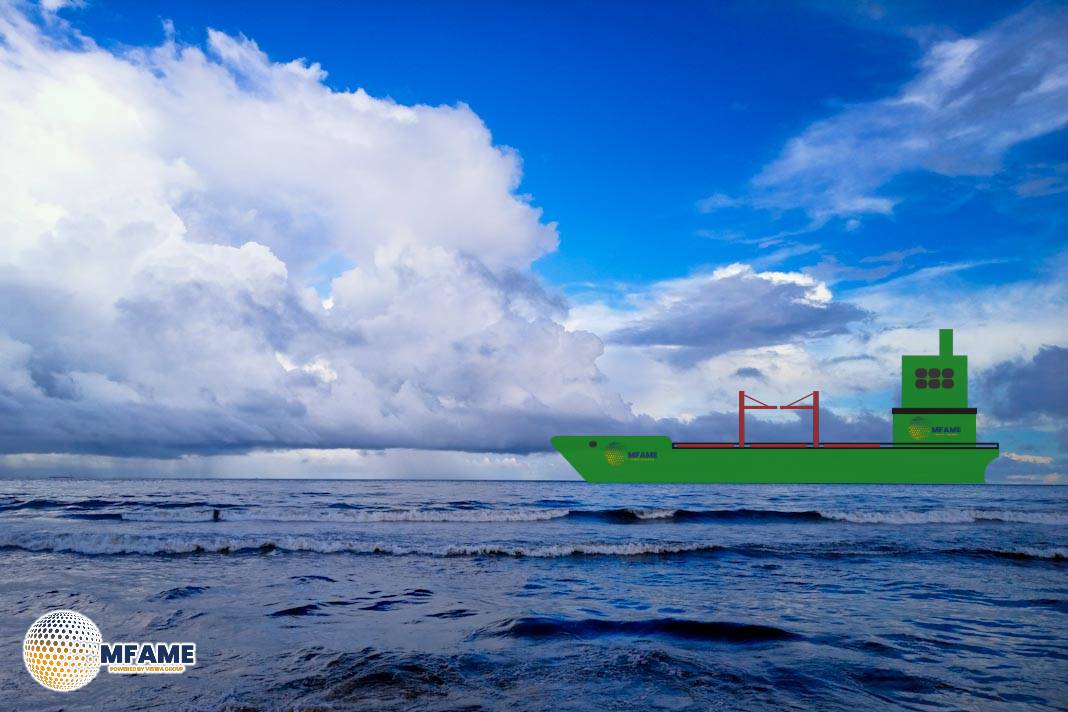The Australian Transport Safety Bureau (ATSB) has issued formal recommendations to three government agencies and a salvage operator with the release of its final report into the near-stranding of a bulk carrier near Sydney in July 2022.
The Incident
The bulk carrier had been berthed at Port Kembla on 3 July 2022 when deteriorating adverse weather made it unsafe for it to remain in port, and the harbourmaster and ship’s master decided that the ship should sail and remain at sea until the weather improved.
“The stranding on pristine national park coastline of a 170-metre ship carrying 950 tonnes of heavy fuel oil would have had internationally significant environmental and economic consequences, and as such this was one of the ATSB’s most comprehensive marine occurrence investigations in nearly two decades,” said Commissioner Angus Mitchell, Chief, ATSB.
After leaving Port Kembla, the ATSB’s 160-page final report notes that the vessel remained much closer to the coast than the 50 nautical miles prescribed by the ship’s procedures. Early in the morning of 4 July, while drifting and slowly steaming just 12 miles from the coast, the ship’s main engine developed mechanical problems.
Delays with the ship’s master initially reporting the incident were then compounded when NSW authorities did not immediately pass on the information to the national response authority, the Australian Maritime Safety Authority. It was only after several emergency broadcasts and a radio plea for assistance that a harbour tug was dispatched, which arrived nearly five hours after the ship was first disabled, Mitchell noted.
Three harbour tugs initially deployed to assist the bulk carrier were ill-equipped and unable to tow the ship in the rough, open seas, while the only capable ocean-going emergency towage vessel in New South Wales arrived after an extended and unnecessary delay.
A catastrophic stranding was only prevented by the emergency deployment of the ship’s anchors, which were not designed for such severe conditions.
The ATSB’s investigation found a key factor in the prolonged exposure of the ship and its crew to stranding, was the extensive delay in tasking the state’s nominated ocean-going emergency towage vessel.
Recommendations
To AMSA, the ATSB has recommended the agency takes further action, or completes proposed safety action, to address the following (summarised) inter-related safety issues:
- AMSA’s procedures supporting the National Plan had not been effectively implemented.
- Inadequate coordination on AMSA’s part resulted from not having the required understanding of its central role in the emergency due to direct control of national emergency towage assets and powers of intervention.
- AMSA had not effectively met its obligation as the manager of the National Plan to ensure it was adequately prepared to respond to such incidents.
- AMSA’s process to issue directions under powers of intervention was inefficient with excessive time taken to issue them to allow the ship refuge in port.
The ATSB has recommended the Port Authority of NSW takes action to address the following (summarised) safety issues:
- The Port Authority’s procedures to comply with the NSW Plan and its operating licence were not effectively implemented.
- The Port Authority’s response coordination was impacted by an incorrect understanding of its responsibilities under its operating licence and relevant state plans.
To NSW Maritime, the ATSB has recommended the agency take action to address the finding that:
- NSW Maritime had not effectively met its legislative obligation to ensure that New South Wales was prepared to respond to an incident in accordance with the state’s plan.
The ATSB has recommended the salvage organisation:
- takes safety action to ensure its capabilities and limitations to provide professional salvage services are made clearly known to the master, owners and managers of the ship to be salved under a salvage agreement.
Did you subscribe to our daily Newsletter?
It’s Free Click here to Subscribe!
Source: ATSB

















